Terracotta Warriors: The Greatest Discovery along the Silk Road
Post Time:2019-12-14 Views:
Considered as one of the greatest discoveries along the Silk Road. Terracotta Warriors is one of the eight wonders of the world, have enjoyed international fame. Located in Xi'an City in northwest China's Shaanxi Province, they are of the Terracotta Army of the first-ever emperor in ancient China or Qin Shihuang in Chinese, Ying Zheng.
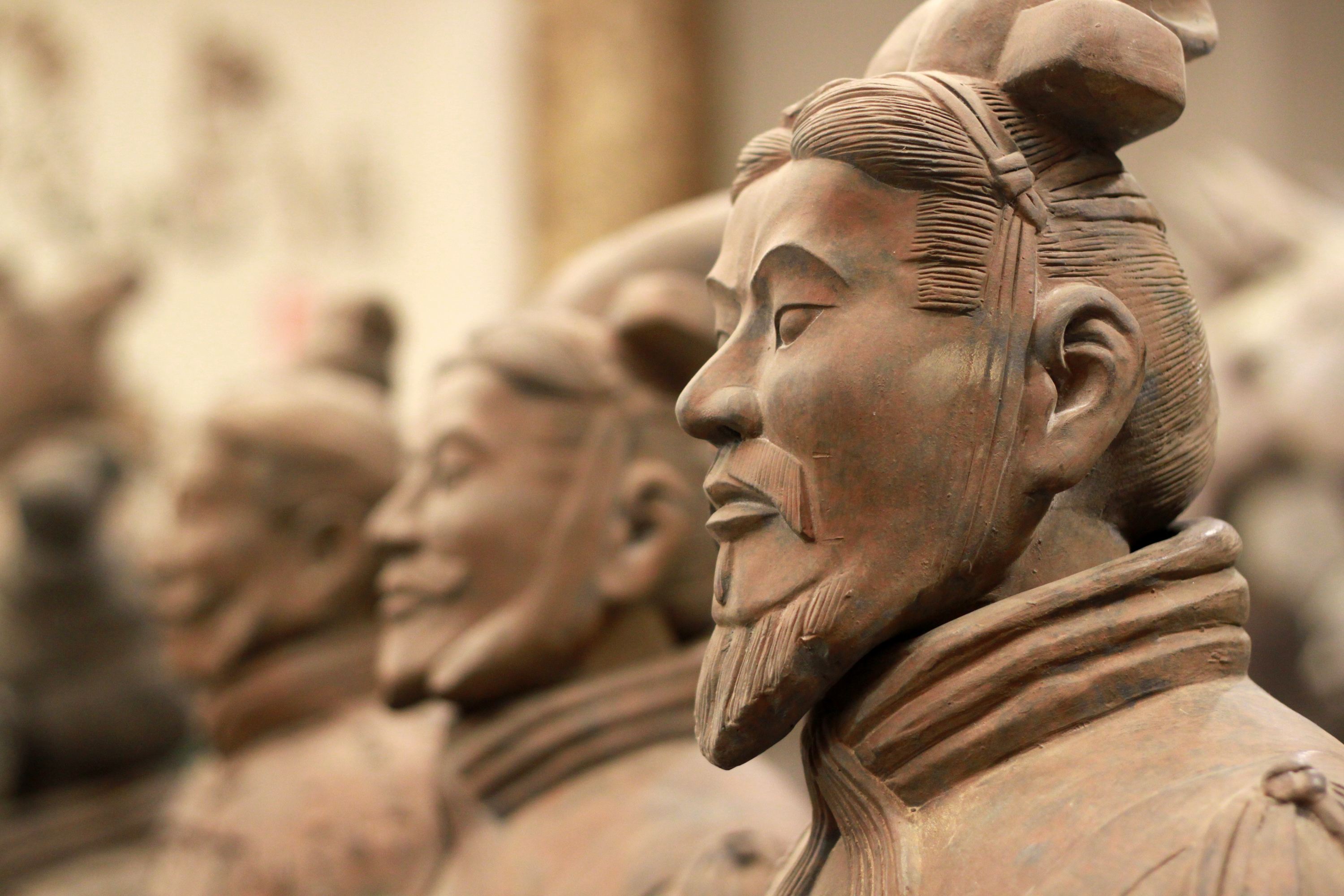
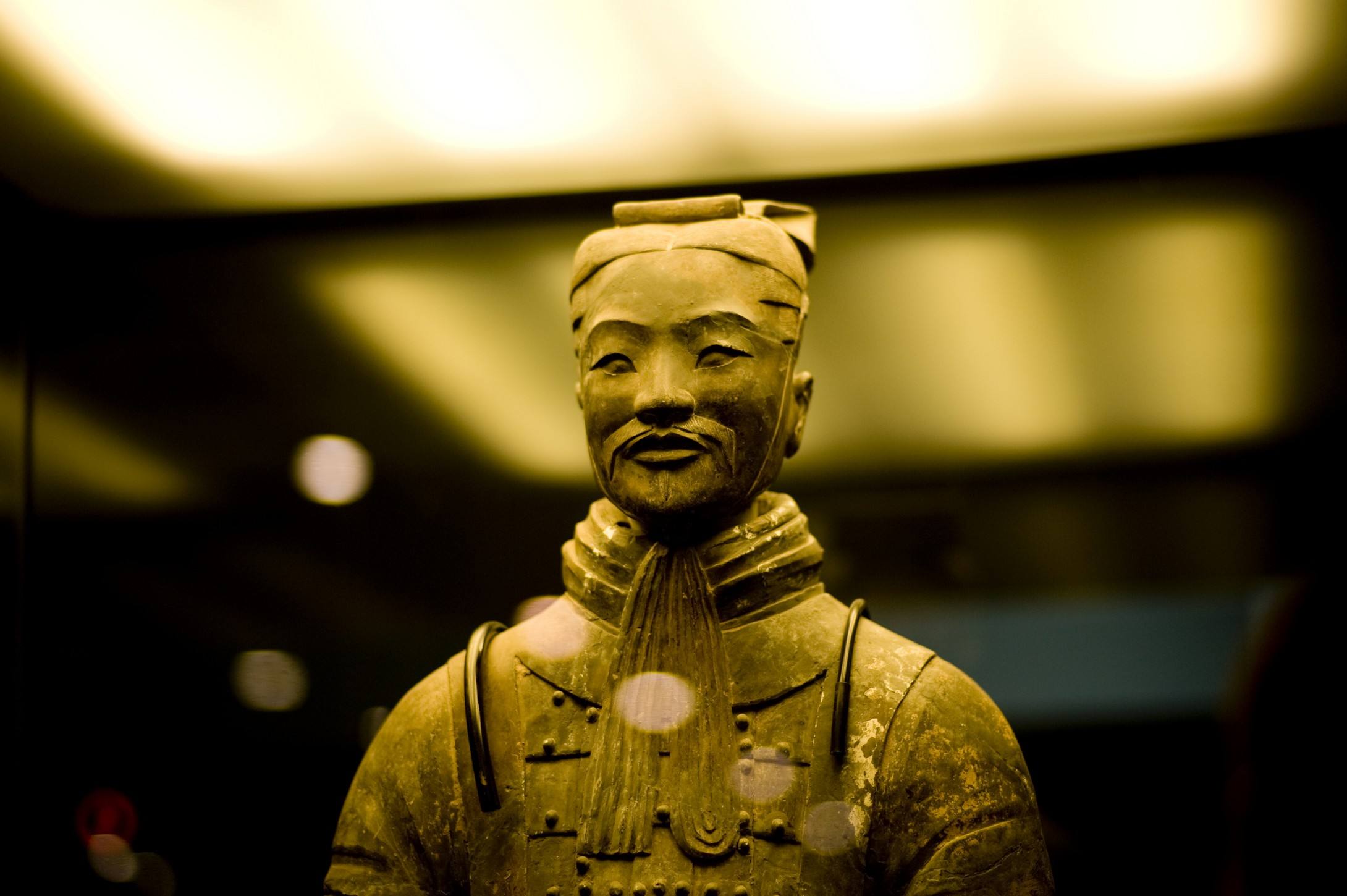
Emperor Qin's Tomb:
The emperor's tomb complex is a massive memorial to a man that history remembers as both brilliant and brutal. Many parts of his rich tomb remain unexplored because current archaeological technology isn't advanced enough to preserve the priceless artefacts held within.
The tomb complex of the Qin emperor, at 56.25 Square Kilometres, is best described as an underground palace with stables and an inner and outer city. Han dynasty historian Sima Qian detailed the construction effort, he wrote of the vast effort required to build the emperor's final resting place. Over 700.000 conscript and slave laborers built the tomb to hold the numerous treasures within, rivers of mercury, constellations of pearls and gems embedded into the ceiling, plus an assortment of valuables the emperor would require in his afterlife, including live soldiers, concubines and servants-plus the artisans who worked on the mausoleum lest they reveal its secrets.
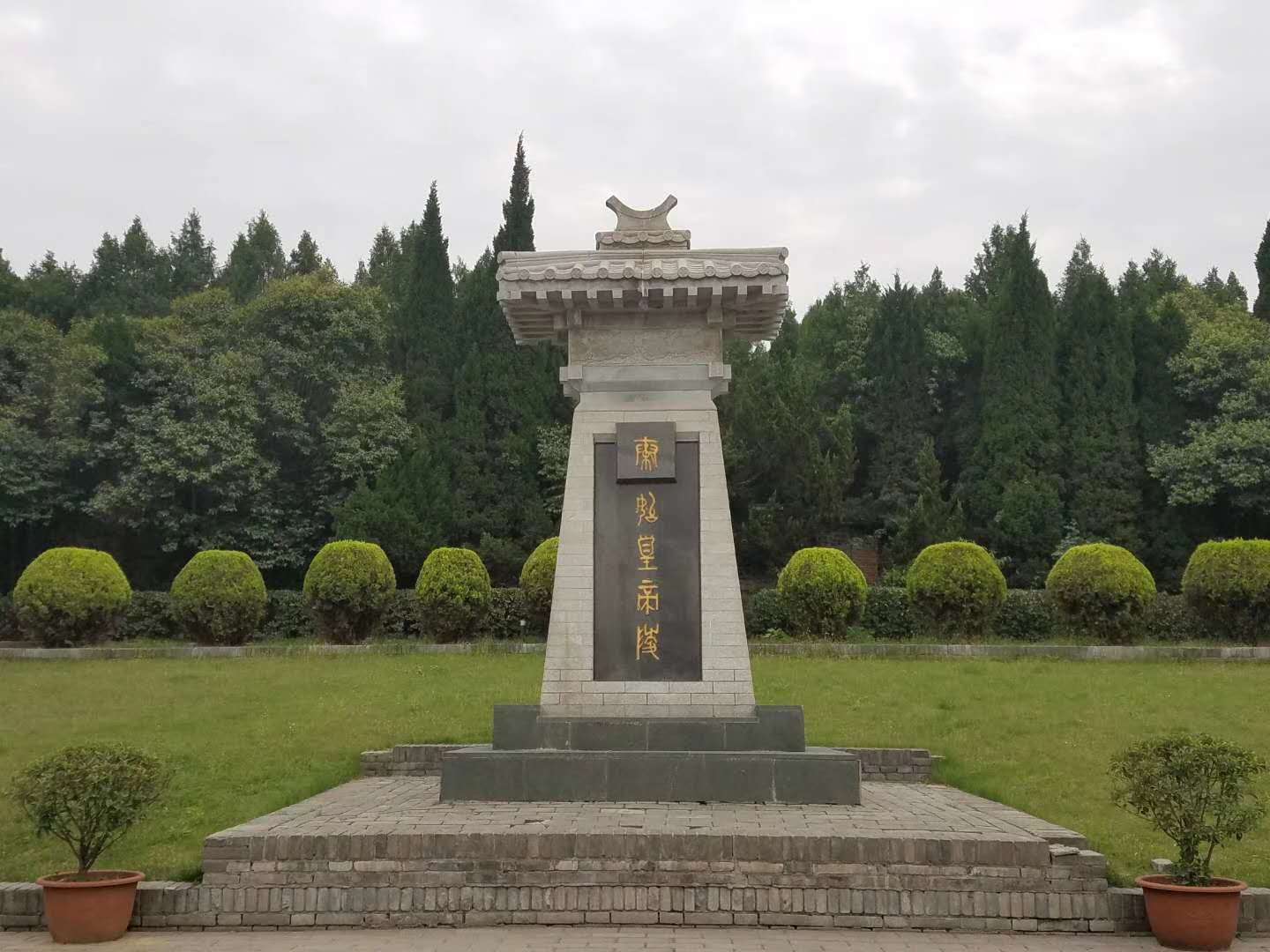
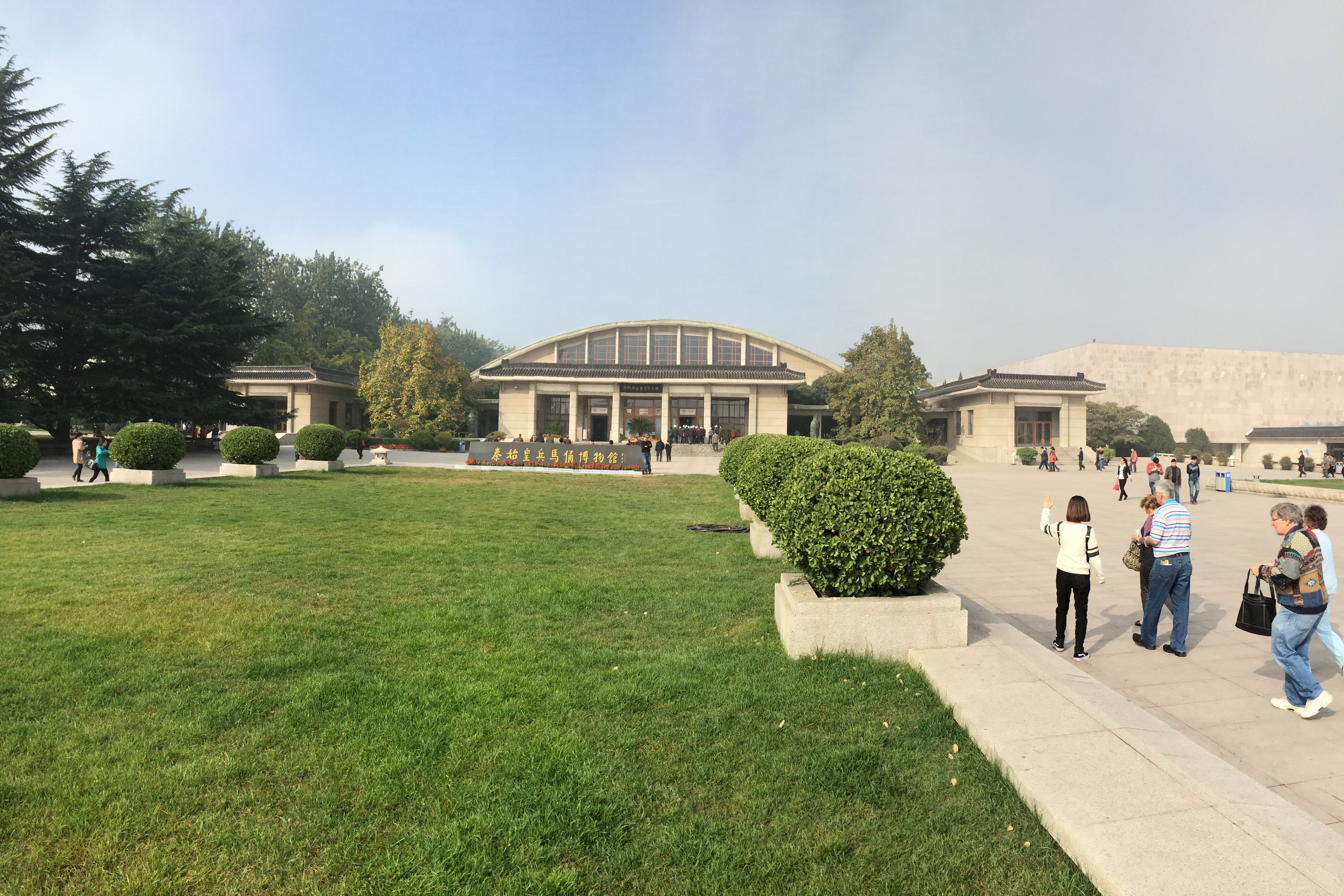
Terracotta Warriors:
The Terracotta Warriors form only a part of the Qin emperor's tomb complex. They may have remained forgotten had it not been for the fortuitous discovery by local peasants drilling a well in 1974. What they found would excite the archaeology world.
Even though I knew they are life-sized sculptures, I was still in awe when I saw them. I was lucky enough to get special permission to enter the pit and take a look at them up close for the first time.
They were made around 2,200 years ago, and yet, I was amazed by the carving of the sculptures. Their expressions are solemn, and their eyes are so vividly carved that I was afraid to look at them.
Soldier figures are varied in facial expressions, clothing, hairstyles and gestures; so are their horses, chariots and weapons. These masterpieces have provided abundant detailed evidence for the study of the history of military, culture, art, and economics of the Qin Dynasty (221-206 B.C.).
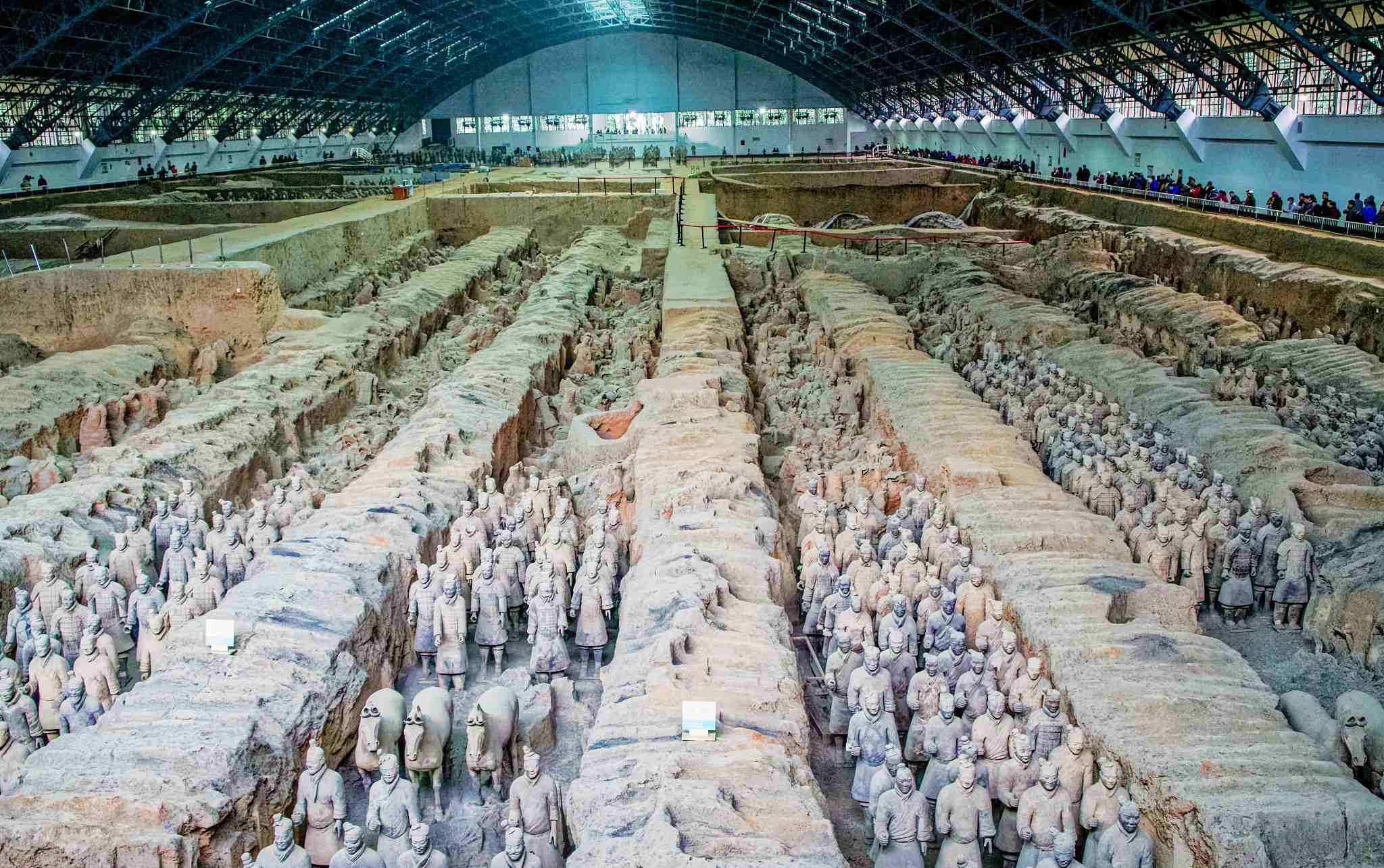
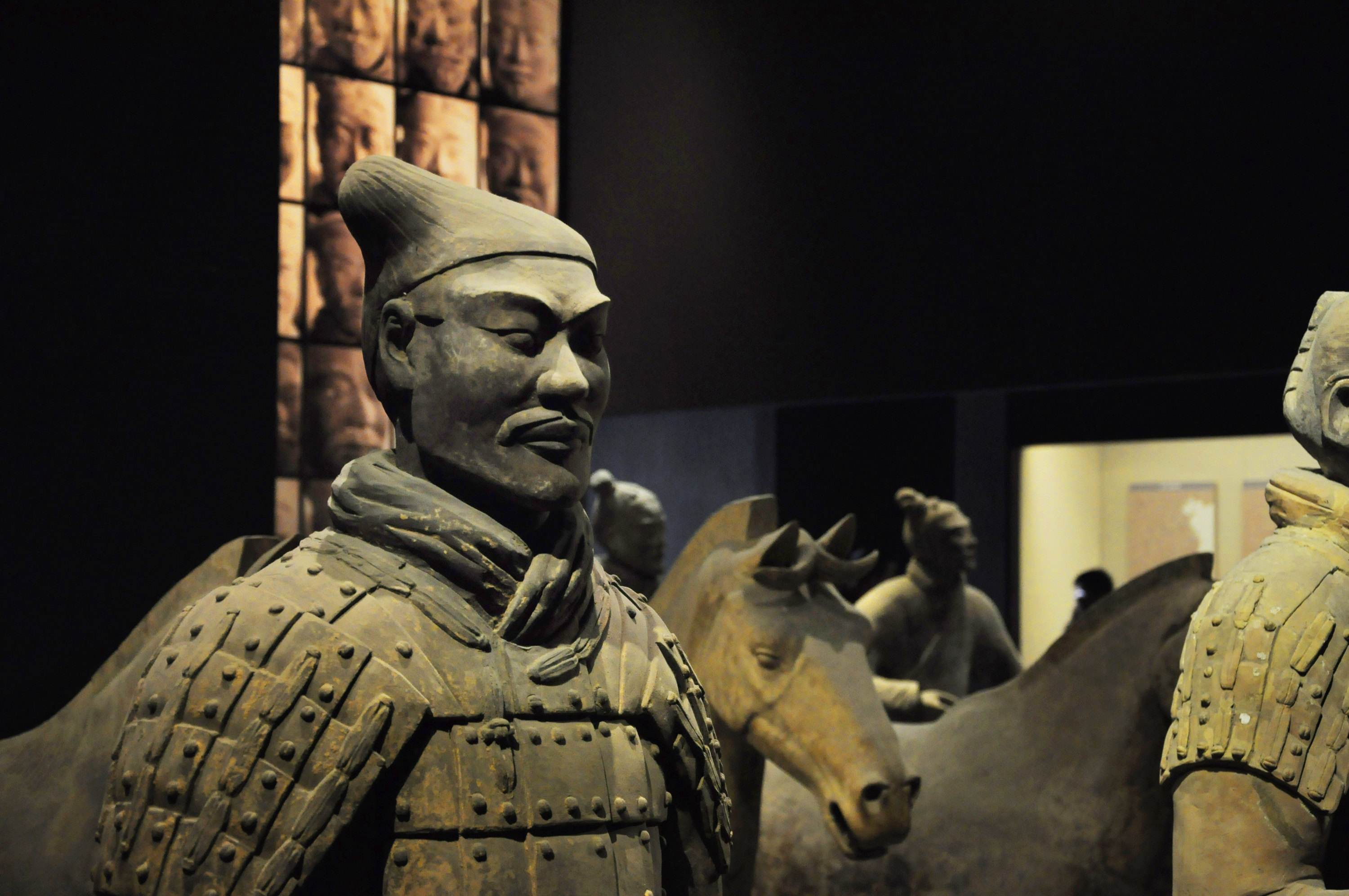
What to visit?
Three pits containing warriors are open; a nearby fourth pit was found empty. The pits are still being excavated and in many, warriors lay toppled as if they fell in combat. Shattered and headless statues give the eerie sense of viewing the carnage of an ancient battlefield. Though a daunting task, archaeologists continue to piece together the broken remains of those warriors who lost their battle against time.
Pit 1 is the largest and contains about 6,000 warriors with war chariots and horses. Housed in a gigantic building that resembles an aeroplane hangar, the warriors are protected from the elements and tourists who view them from elevated walkways. The warriors are lined in 38 trenches. facing eastwards to the emperor's tomb.
The warriors in Pit 2 are mostly hidden and excavation continues with most of the area closed off. This pit show signs of fire dam. age, the wooden roof structure was burned when the mausoleum was looted by XiangYu. one of the warlords who battled for supremacy after the fall of the Qin dynasty. While the first pit contains mostly foot soldiers, the second pit is the mobile arm of the army with chariots, cavalry and archers. A tall statue thought to be a general was also found in this pit.
The pit 3 is the command centre for the army, with 68 statues of officers around a war chariot. The clothing of the officers differs from common soldiers: the officers wear fine robes and are much taller.
Tips:
Be aware that taking photos inside the pits at the Terracotta Warriors is officially prohibited.
Xi'an is famed for its annual festivals; one of the livelier ones is the Silk Road International Tourism Festival. Every September people gather in downtown Xi'an for this event. Fireworks, folk music and dance performances, talent shows, cultural exhibitions are all part of the itinerary.


Emperor Qin's Tomb:
The emperor's tomb complex is a massive memorial to a man that history remembers as both brilliant and brutal. Many parts of his rich tomb remain unexplored because current archaeological technology isn't advanced enough to preserve the priceless artefacts held within.
The tomb complex of the Qin emperor, at 56.25 Square Kilometres, is best described as an underground palace with stables and an inner and outer city. Han dynasty historian Sima Qian detailed the construction effort, he wrote of the vast effort required to build the emperor's final resting place. Over 700.000 conscript and slave laborers built the tomb to hold the numerous treasures within, rivers of mercury, constellations of pearls and gems embedded into the ceiling, plus an assortment of valuables the emperor would require in his afterlife, including live soldiers, concubines and servants-plus the artisans who worked on the mausoleum lest they reveal its secrets.


Terracotta Warriors:
The Terracotta Warriors form only a part of the Qin emperor's tomb complex. They may have remained forgotten had it not been for the fortuitous discovery by local peasants drilling a well in 1974. What they found would excite the archaeology world.
Even though I knew they are life-sized sculptures, I was still in awe when I saw them. I was lucky enough to get special permission to enter the pit and take a look at them up close for the first time.
They were made around 2,200 years ago, and yet, I was amazed by the carving of the sculptures. Their expressions are solemn, and their eyes are so vividly carved that I was afraid to look at them.
Soldier figures are varied in facial expressions, clothing, hairstyles and gestures; so are their horses, chariots and weapons. These masterpieces have provided abundant detailed evidence for the study of the history of military, culture, art, and economics of the Qin Dynasty (221-206 B.C.).


What to visit?
Three pits containing warriors are open; a nearby fourth pit was found empty. The pits are still being excavated and in many, warriors lay toppled as if they fell in combat. Shattered and headless statues give the eerie sense of viewing the carnage of an ancient battlefield. Though a daunting task, archaeologists continue to piece together the broken remains of those warriors who lost their battle against time.
Pit 1 is the largest and contains about 6,000 warriors with war chariots and horses. Housed in a gigantic building that resembles an aeroplane hangar, the warriors are protected from the elements and tourists who view them from elevated walkways. The warriors are lined in 38 trenches. facing eastwards to the emperor's tomb.
The warriors in Pit 2 are mostly hidden and excavation continues with most of the area closed off. This pit show signs of fire dam. age, the wooden roof structure was burned when the mausoleum was looted by XiangYu. one of the warlords who battled for supremacy after the fall of the Qin dynasty. While the first pit contains mostly foot soldiers, the second pit is the mobile arm of the army with chariots, cavalry and archers. A tall statue thought to be a general was also found in this pit.
The pit 3 is the command centre for the army, with 68 statues of officers around a war chariot. The clothing of the officers differs from common soldiers: the officers wear fine robes and are much taller.
Tips:
Be aware that taking photos inside the pits at the Terracotta Warriors is officially prohibited.
Xi'an is famed for its annual festivals; one of the livelier ones is the Silk Road International Tourism Festival. Every September people gather in downtown Xi'an for this event. Fireworks, folk music and dance performances, talent shows, cultural exhibitions are all part of the itinerary.
 Xinjiang China Travel is specialiesed in organizing the Classic Ancient Silk Road Tour,and we are the professional Xinjiang Tour experts.We arrange both large and small group tours and specialize in vacation planning. We pride ourselves in helping people plan the vacation adventure that is right for them. Even only one person coming, we also can provide personalized service for you. With many years of experiencebehind us,we always offer the best value,most comfort and flexible tour for you,you will never feel rush and tired.
Xinjiang China Travel is specialiesed in organizing the Classic Ancient Silk Road Tour,and we are the professional Xinjiang Tour experts.We arrange both large and small group tours and specialize in vacation planning. We pride ourselves in helping people plan the vacation adventure that is right for them. Even only one person coming, we also can provide personalized service for you. With many years of experiencebehind us,we always offer the best value,most comfort and flexible tour for you,you will never feel rush and tired.
Our Blog
- Silk Road Tours in 2020
- Silk Road Tour for Senior Citizens
- Silk Road Train Tours
- Silk Road Private Tour
- Silk Road Travel from Australia
- Silk Road Tour from Malaysia
- The First Skating Ceremony of Hemu ...
- Southern Xinjiang Travel Experience...
- Our Tour to Xinjiang Province II
- Xinjiang Tour Story from Singapore ...



